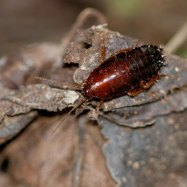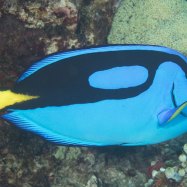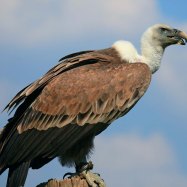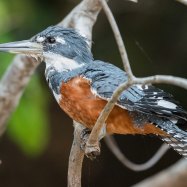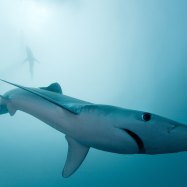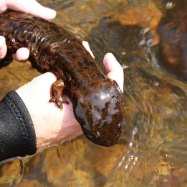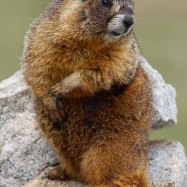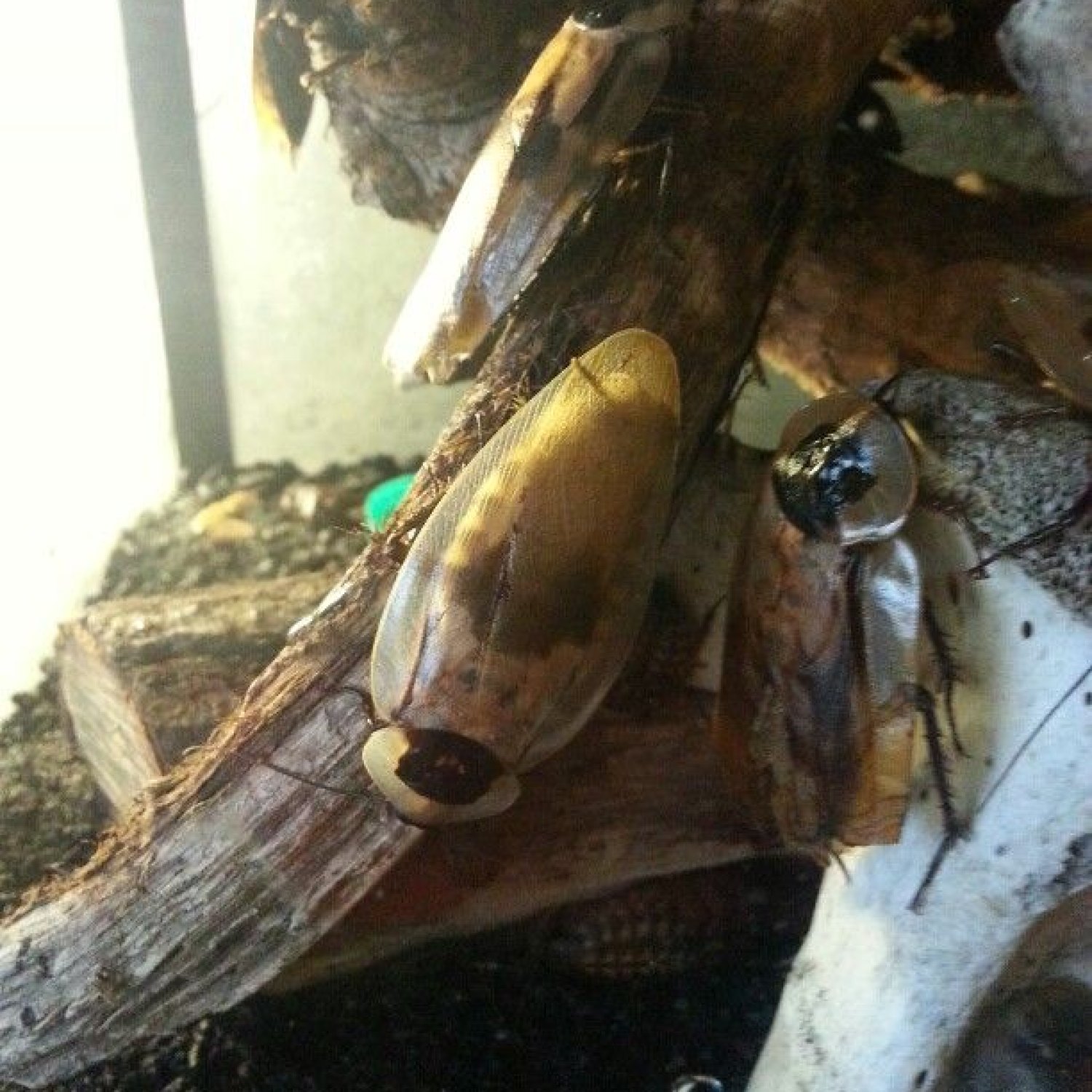
Deaths Head Cockroach
2 to 3 inches (5 to 7.5 cm)
Learn all about the Death's Head Cockroach, a fascinating insect found in rainforests and tropical areas. With a body of 2-3 inches, this medium to large-sized roach is a member of the Blaberidae family. Its distinctive oval-shaped body and unique coloring make it stand out from other cockroaches. Don't let the name scare you, these creatures are harmless and play an important role in ecosystem balance. #Death'sHeadCockroach #rainforest #tropical #insects
Animal Details Summary:
Common Name: Deaths Head Cockroach
Kingdom: Animalia
Habitat: Tropical and subtropical forests
The Fascinating World of the Deaths Head Cockroach: A Tropical Forest Inhabitant
Deep in the heart of the rainforests and tropical areas of Central and South America, lives a creature shrouded in mystery and intrigue - the Deaths Head Cockroach (Blaberus craniifer). With its dark brown or black body adorned with curious orange markings, this unique insect has captivated the attention of researchers and nature enthusiasts alike. But what sets this particular species of roach apart from others? Let's delve into the fascinating world of the Deaths Head Cockroach and discover its outstanding features.Kingdom: Animalia
Firstly, it's important to note that Deaths Head Cockroaches belong to the kingdom Animalia, the largest and most diverse group of living organisms Deaths Head Cockroach. This means that they are multi-cellular, heterotrophic (obtaining energy from external sources), and have specialized tissues and organs. Despite their seemingly revolting nature, these insects are in fact an integral part of the complex and diverse ecosystem of tropical forests.Phylum: Arthropoda
Moving down the taxonomical hierarchy, we come to the phylum Arthropoda. This group includes all invertebrates (animals without a backbone) with segmented bodies, jointed limbs, and an exoskeleton. In the case of the Deaths Head Cockroach, their exoskeleton protects them from harsh environmental conditions and predators, making them resilient inhabitants of the tropical forests.Class: Insecta
The Insecta class includes all insects, of which there are over one million known species on the planet. This incredible variety is due to the adaptability and success of insects in various environments. Insects are known for their unique and diverse physical characteristics, and Deaths Head Cockroaches are no exception.Order: Blattodea
The order Blattodea encompasses all cockroaches, including the Deaths Head Cockroach Dickinsonia. These insects have been around for over 300 million years and are considered one of the most resilient creatures on earth. With their incredible ability to survive in extreme conditions, it’s no wonder that they have been around for so long.Family: Blaberidae
The Deaths Head Cockroach belongs to the Blaberidae family, which is a diverse group of tropical wood roaches. This family includes over 300 species, with the Blaberus craniifer being one of the most recognizable and well-known species due to its distinctive appearance.Habitat: Tropical and subtropical forests
As mentioned before, the Deaths Head Cockroach inhabits tropical and subtropical forests. These regions are characterized by high precipitation levels and warm temperatures, making them ideal habitats for these insects. The rainforests of Central and South America provide abundant food sources and shelter for the cockroaches, allowing them to thrive.Feeding Method: Omnivorous
Being omnivorous, Deaths Head Cockroaches have a diverse diet consisting of both plant and animal matter. They are opportunistic feeders and will eat whatever is available in their environment, making them efficient scavengers. In the wild, they can often be found feeding on fruits, leaves, decaying matter, and even other insects. In captivity, they can be fed a varied diet of fruits, vegetables, and high-protein foods such as dog or cat food.Geographical Distribution: Central and South America
The Deaths Head Cockroach is native to Central and South America and is often found in countries such as Costa Rica, Panama, and Brazil. However, they have also been introduced to other parts of the world, including North America, Europe, and Asia, through the shipping of goods. They are now considered an invasive species in some areas, causing concerns for local ecosystems.Country of Origin: Originated in Central and South America, but found worldwide
The country of origin for the Deaths Head Cockroach is debatable, as they are found in various regions of the world. However, they originated in Central and South America, where they have been an integral part of the ecosystem for millions of years.Location: Rainforests and tropical areas
In the rainforests and tropical areas, Deaths Head Cockroaches can be found in various locations within their habitats. They can be found on the forest floor, under rocks/logs, and in trees. They are excellent climbers and can often be seen scaling trees in search of food.Animal Coloration: Dark brown or black with orange markings
One of the most distinctive features of the Deaths Head Cockroach is its dark brown or black coloration, combined with bright orange markings on its thorax (middle section of the body). This coloration serves as a warning to potential predators, as the bright markings are thought to indicate a foul taste or toxic properties.Body Shape: Medium to large size with an oval-shaped body
In terms of physical appearance, Deaths Head Cockroaches have a medium to large size, ranging from 2 to 3 inches (5 to 7.5 cm) in length. They have an oval-shaped body, with six legs and two antennae. The males are slightly smaller than females, and their wings are longer, allowing them to fly.Importance in Natural Language Processing (NLP)
With the advancement of technology, Natural Language Processing (NLP) has become an essential tool in understanding and processing human language. But did you know that NLP can also be used to analyze and extract information from biological data? In fact, scientists and researchers are now using NLP techniques to study the genetics of various species, including the Deaths Head Cockroach. By analyzing its genetic makeup, scientists can better understand the evolutionary history and adaptability of this resilient insect.In Conclusion
The Deaths Head Cockroach may not be everyone's cup of tea, but its unique features and important role in the tropical ecosystem cannot be denied. As we continue to explore and understand the diverse world of insects, it's essential to appreciate the fascinating characteristics and contributions of all living creatures. So the next time you come across a Deaths Head Cockroach, remember its outstanding features and the vital part it plays in nature.

Deaths Head Cockroach
Animal Details Deaths Head Cockroach - Scientific Name: Blaberus craniifer
- Category: Animals D
- Scientific Name: Blaberus craniifer
- Common Name: Deaths Head Cockroach
- Kingdom: Animalia
- Phylum: Arthropoda
- Class: Insecta
- Order: Blattodea
- Family: Blaberidae
- Habitat: Tropical and subtropical forests
- Feeding Method: Omnivorous
- Geographical Distribution: Central and South America
- Country of Origin: Originated in Central And South America, but found worldwide
- Location: Rainforests and tropical areas
- Animal Coloration: Dark brown or black with orange markings
- Body Shape: Medium to large size with a oval-shaped body
- Length: 2 to 3 inches (5 to 7.5 cm)

Deaths Head Cockroach
- Adult Size: Medium to large
- Average Lifespan: 1 to 2 years
- Reproduction: Sexual
- Reproductive Behavior: Females give birth to live young
- Sound or Call: Males produce hissing sounds
- Migration Pattern: Non-migratory
- Social Groups: Group living
- Behavior: Nocturnal and prefers to hide during the day
- Threats: Habitat loss and pesticides
- Conservation Status: Not evaluated
- Impact on Ecosystem: Important decomposers and nutrient recyclers
- Human Use: Not traditionally used by humans
- Distinctive Features: Skull-like pattern on thorax
- Interesting Facts: The Deaths Head Cockroach gets its common name from the skull-like pattern on its thorax.
- Predator: Birds, reptiles, mammals
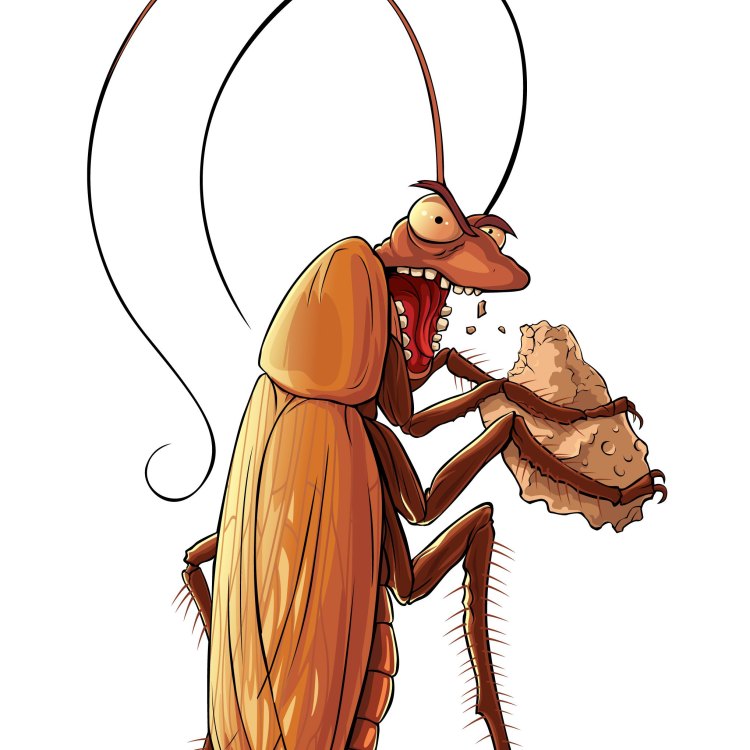
Blaberus craniifer
The Majestic Deaths Head Cockroach: A Fascinating Creature of Nature
The mere mention of cockroaches is often enough to send shivers down people's spines. These creepy crawlies have long been associated with dirt and disease, and they are often the subject of human disgust and extermination efforts. However, not all cockroaches are created equal, and in fact, there is one particular species that stands out in the crowd – the Deaths Head Cockroach.Found in tropical and subtropical regions, the Deaths Head Cockroach (Blaberus craniifer) is a fascinating species of cockroach that boasts unique and distinctive features, making it stand out from its closely-related counterparts PeaceOfAnimals.Com. In this article, we will delve into the captivating world of the Deaths Head Cockroach and discover what makes it such a remarkable and interesting creature.
Appearance and Size
The Deaths Head Cockroach is considered a medium to large-sized cockroach, with adults reaching an average size of 3.5 to 4.5 cm. This is relatively big compared to other species of cockroaches, which can range from 0.5 to 3 cm. As with most insects, the males are usually larger than the females.This species of cockroach has a dark brown or black body, with two distinctive orange or yellow bands running across its wings. However, what makes the Deaths Head Cockroach truly unique is the skull-like pattern on its thorax, which gives it its common name Dolphin. This distinguishing mark is a vivid reminder of death and has been the subject of many folktales and superstitions.
Life Span and Reproductive Behavior
On average, the Deaths Head Cockroach lives for 1 to 2 years, which is a relatively long lifespan for an insect. This is due to their slow reproductive rate, with females producing an average of 30 to 40 offspring in their lifetime.Unlike some species of cockroaches that lay eggs, Deaths Head Cockroaches are sexual reproducers. The females carry the eggs within their body until they are fully formed, and then give birth to live young. This is a unique strategy that provides the young with a better chance of survival.
Social Behavior
Deaths Head Cockroaches are social creatures and live in groups, which sets them apart from many other species of cockroaches. They create communal nests made of organic materials and are closely related to each other, much like an extended family.Behavior and Migration Patterns
These fascinating insects are primarily nocturnal and prefer to hide during the day, making them elusive and difficult to spot in their natural habitat. They are also not migratory and tend to stay in one place, seeking shelter in dark, damp areas such as under logs, in leaf litter, or in crevices.Threats and Conservation Status
The Deaths Head Cockroach, like many other species of insects, faces threats such as habitat loss and the use of pesticides. As urbanization and development continue to expand, their natural habitats are shrinking, making them vulnerable to extinction.Unfortunately, due to its relatively small distribution and lack of research, the conservation status of the Deaths Head Cockroach is not yet evaluated. However, it is crucial to protect and preserve their natural habitats to ensure their survival for generations to come.
Impact on the Ecosystem
While many view cockroaches as pests and a nuisance, the Deaths Head Cockroach actually plays a vital role in its ecosystem. As scavengers, they feed on dead organic matter and help with decomposition, making them important decomposers and nutrient recyclers. Without them, the buildup of dead material would have serious consequences for the environment.Human Interaction
In many cultures, cockroaches are seen as a sign of dirt and uncleanliness, and they are often met with fear and disgust. However, the Deaths Head Cockroach has not been traditionally used by humans in the same way as other species of cockroaches, such as the American Cockroach, have been used for medicinal purposes in traditional Chinese medicine.While they may not have any known medicinal benefits, Deaths Head Cockroaches have been a source of fascination for entomologists and insect enthusiasts around the world.
Predators and Interesting Facts
Like other insects, the Deaths Head Cockroach has its fair share of predators. These include birds, reptiles, and mammals such as rodents and bats. In captivity, they are also preyed upon by other insects, such as spiders and beetles.But perhaps the most interesting fact about the Deaths Head Cockroach is how it got its name. Legend has it that in the 17th century, a group of sailors spotted these roaches on their ship and mistakenly believed they were a sign of death. The skull-like pattern on their thorax only fueled this belief, and thus, the Deaths Head Cockroach was born.
The Deaths Head Cockroach – A Unique Species of Cockroach
In a world where cockroaches are often viewed as pests, the Deaths Head Cockroach stands out as a unique and fascinating creature. From its distinctive appearance to its reproductive behavior and social interactions, this species of cockroach has captivated the minds of many and continues to be a subject of fascination and research.As we continue to learn more about this magnificent insect, it is essential to recognize its significance in the ecosystem and work towards preserving its natural habitats. After all, cockroaches, even the skull-patterned ones, are an integral part of the delicate balance of nature.
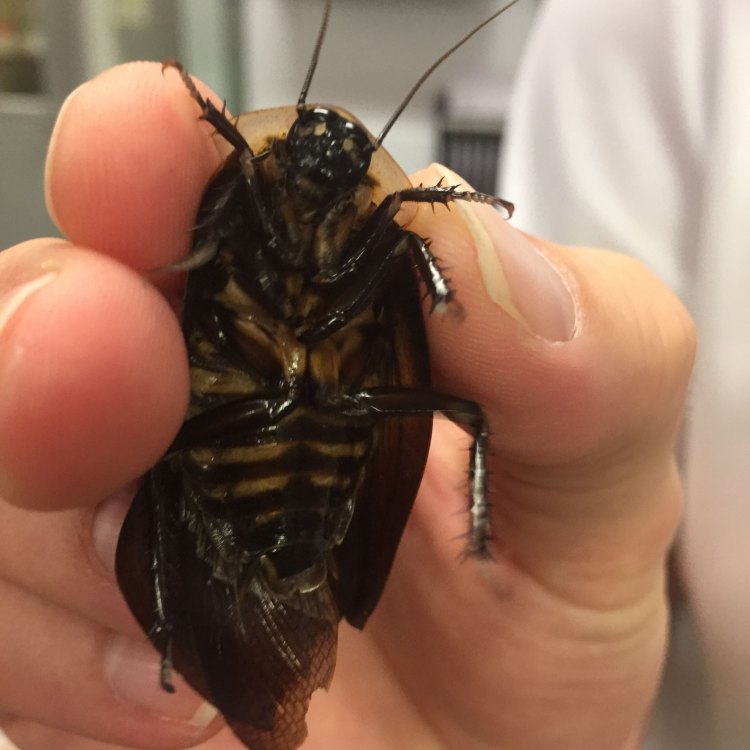
The Fascinating World of the Deaths Head Cockroach: A Tropical Forest Inhabitant
Disclaimer: The content provided is for informational purposes only. We cannot guarantee the accuracy of the information on this page 100%. All information provided here may change without prior notice.

